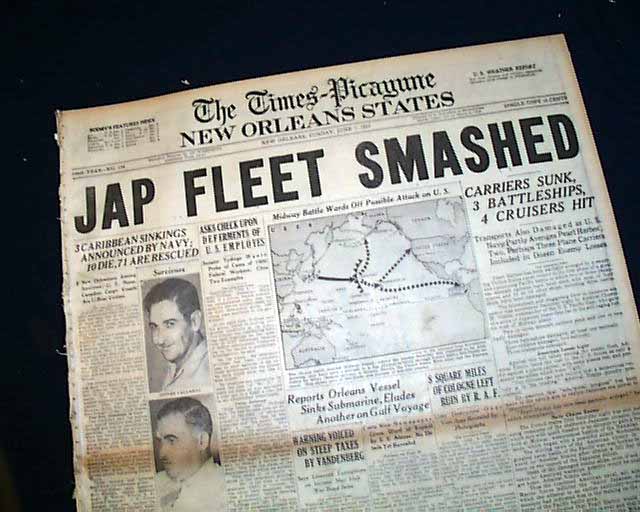Roger A. Shrubber
Well-Known Member
05/26/1907 Marion Michael Morrison is born in iowa. his family moves to Glendale California when he is young. he played football in school, delivered newspapers and groceries before and after school. he wanted to go to the naval academy, but did not get accepted. he did get a full scholarship to play football at the university of southern california. while playing ball, his coach gets him a job as a prop man on the set of a John Ford movie. Ford started to use him as an extra. Morrison thought his name wasn't very appealing, so he changed it to John Wayne. after quite a few bit parts, Ford gives him a starring role in "The Big Trail". Wayne acts well, but the movie isn't very popular.
he spent the next ten years in small roles, building the persona so well known today. his mentor Ford comes across a role he thinks will be perfect for Wayne, the Ringo Kid in Stagecoach. and after ten years of bit parts, The Duke is born.....
he spent the next ten years in small roles, building the persona so well known today. his mentor Ford comes across a role he thinks will be perfect for Wayne, the Ringo Kid in Stagecoach. and after ten years of bit parts, The Duke is born.....











